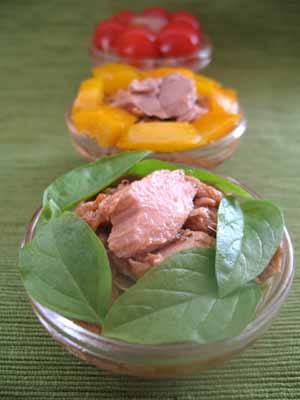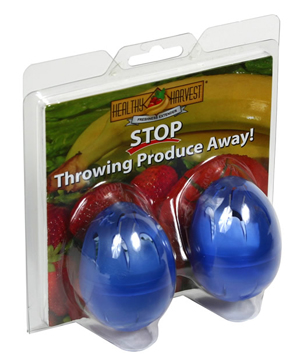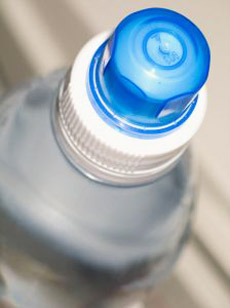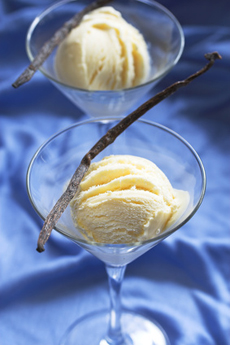| Preparation
1. Mix all but the last two ingredients together to make tuna salad.
2. Assemble sandwiches with lettuce and tomato. Makes 4 sandwiches.
3. More serving ideas: Albacore tuna goes particularly well with lemon, red peppers, tomatoes, beans, capers, olives, anchovies, onion, eggs, avocado and cheese.
A Lesson In Sustainability
U.S. Troll-Caught: Using U.S.-caught tuna supports fishing communities in the Washington, Oregon and California area. Eighty percent of seafood consumed in the U.S. is imported, some from countries that have lower environmental and sustainability standards. U.S. fisheries are some of the most regulated in the world; fishers must adhere to strict environmental regulations and quotas that ensure the ongoing health of the marine environment.
Fewer food miles: Caught in the Pacific Northwest and canned at local canneries in Oregon, Washington and California, the distance U.S. albacore travels from ocean to plate is significantly lower.
Sustainably And Ethically Caught: Trolling is a low-impact method where small, barbless hooks are used to catch albacore one at a time. The Monterey Bay Aquarium’s Seafood Watch program gives US troll-caught albacore a “green” rating, the highest obtainable. Trolling is one of the most environmentally-sound fishing methods; for a full explanation visit Monterey Bay Aquarium’s website: http://www.montereybayaquarium.org. (Read our article on Sustainable Seafood.)
Omega-3 Fatty Acids: Get up to six-times the heart–healthy omega-3s from your tuna sandwich. Cooked just once in the can, custom-canned U.S. albacore retains all its good fats (omega-3s). Health experts recommend eating omega-3 rich fish, including albacore, at least twice a week. According to the American Heart Association, research on omega-3s suggests they may reduce the risk of diabetes, reduce insulin resistance in people with diabetes, enhance bone density, inhibit proliferation of cancer cells in the breast, prostate and colon, and improve skin condition by curbing psoriasis. Inflammatory diseases such as rheumatoid arthritis, ulcerative colitis and Crohn’s disease seem to improve with more omega-3s. In infants, it improves cognition and visual acuity.
Less Trace Metals: With tuna, the larger the fish, the higher the amounts of accumulated metals, including mercury. Trolling catches younger and smaller albacore weighing between 5 and 15 pounds. These juvenile albacore have significantly lower levels of mercury. The Oregon State University conducted a study in 2004 to determine mercury levels of North Pacific troll-caught albacore. These tuna were found to have low total mercury concentrations (average 0.14 ppm), very low compared to the 1.0 ppm methylmercury action level set by the FDA and comparable to “light tuna” or Skipjack. Read the full report at http://wfoa-tuna.org/health/mercurystatement0206.pdf.
Custom-canned albacore is available across the U.S., labeled as “U.S. troll-caught”, “Product of the U.S.” or “U.S.-caught”. Some quality brands are:
High Seas Gourmet Albacore Tuna: highseastuna.com
Wild Planet Inc.: 1wildplanet.com
Henry & Lisa’s American Tuna Company: pacificfleettuna.com
Island Trollers: islandtrollers.com
Arrowac Fisheries Inc.: arrowac-merco.com
Mary Lu Seafoods: maryluseafoods.com
Kimmel’s New Day Fisheries: newdayfisheries.com
Papa George Tuna: papageorgetuna.com
Shamrock Albacore: albatuna.com/Shamrock.htm
Two Fishers Gourmet Albacore: twofishersgourmetseafood.com
Wild Pacific Seafood: wildpacificseafood.com |






